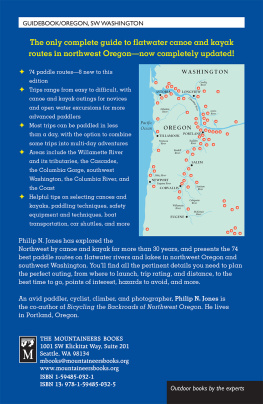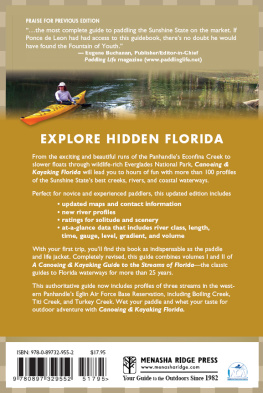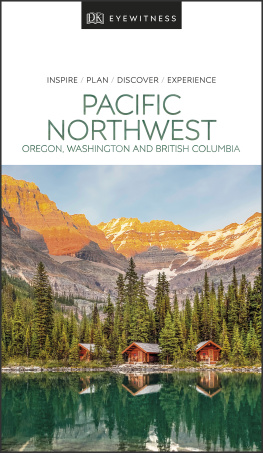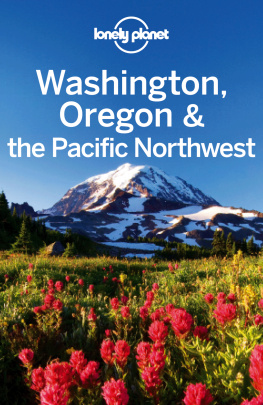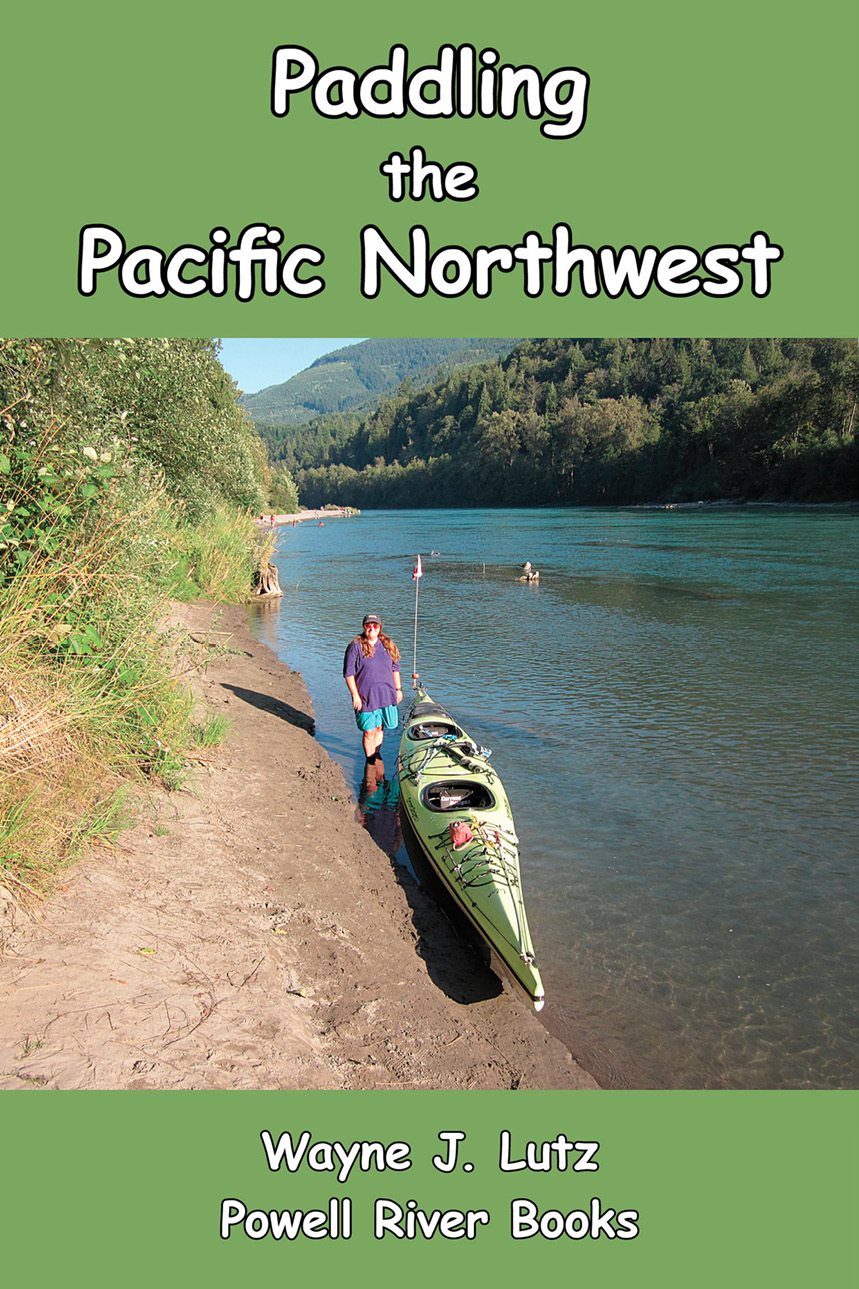Paddling the Pacific Northwest
Wayne J. Lutz
2013
Powell River Books
12-15-2013
Books by Wayne J. Lutz
Coastal British Columbia Stories
Up the Lake
Up the Main
Up the Winter Trail
Up the Strait
Up the Airway
Farther Up the Lake
Farther Up the Main
Farther Up the Strait
Cabin Number 5
Off the Grid
Up the Inlet
Science Fiction Titles
Echo of a Distant Planet
Inbound to Earth
Anomaly at Fortune Lake
When Galaxies Collide
Across the Galactic Sea
Paccific Northwest Series
FLying the Pacific Northwest
Paddling the Pacific Northwest
www.PowellRiverBooks.com
Dedication
To Margy, my paddling companion in water both slow and swift
About this Book
The author is a recreational kayaker who attempts to provide information regarding recommended paddling procedures. However, much of the material contained in this book involves personal techniques, navigational data that may be outdated, and individual recommendations that could prove hazardous to the operation of a canoe or kayak. The author and publisher take no responsibility for the accuracy of any of the methods or materials described in this book.

Contents
1 Leaving Canada
Powell River BC
2 River Trip Preparation
Bellingham WA
3 Down the Skagit: Day 1
Skagit River: Concrete to Rasar State Park WA
4 Down the Skagit: Day 2
Skagit River: Rasar State Park to Ross Island WA
5 Down the Skagit: Day 3
Skagit River: Ross Island to Conway WA
6 The Complicated Simple Life
Fishing the Lower Skagit and Upper Nooksack
7 Little Yellow Mango
Skagit River: Sedro-Woolley to Burlington WA
Center-of-Book Photos
Canadian Destinations
8 Paddling Lesson
South Fork of Nooksack River WA
9 Water, Water, Everywhere
Skagit River: Hamilton to Lyman WA
10 No Shuttle Required
Silver Lake WA
11 Saltwater or Fresh?
Dakota Creek WA
12 City Lakes
Lake Samish, Bellingham WA
13 Up the Creek
California Creek WA
14 Williamette River
Corvallis to Albany OR
15 Go North, Young Man
Fraser River BC
About the Author
Chapter 1
Leaving Canada
Powell River BC
I ts hard to imagine a better home for a sea kayak than the south coast of British Columbia, particularly since I live there. So why would a two-person Current Designs Libra XT move across the border to my part-time home in the United States, with all of BC still to explore? The answer lies in the difference between rivers in British Columbia and those in Washington and Oregon.
Rivers for a sea kayak? Yes, rivers, especially those of a very special kind what I call gentle pushers. These meandering giants flow constantly downhill, but never with the vengeance of rapids and waterfalls. Try to find these in British Columbia. (Oh, wait, theres the nearby Fraser River, but I dont think of that obvious choice until much later.)
In its early years, my Libra XT was both a sea and lake vessel that explored the gunkholes of BCs south coast and Vancouver Island, moving occasionally onto lakes, with an extended stay at my floating cabin on Powell Lake. Mr. Kayak was an ideal fit for this mix of fresh and salt water.
Overnight adventures in my sea kayak included the Copeland Islands of Desolation Sound, the Gulf Islands, and coastal lakes named Lois, Khartoum, Nanton, Powell, and Horseshoe. Mr. Kayaks Canadian life is documented in several books in the series subtitled Coastal British Columbia Stories , including Up the Lake , Up the Strait , and Off the Grid .

When not in the water, the sea kayak sat atop my 1989 Ford Tempo, a car originally purchased as an airport clunker that later became the dry land foundation on which my kayak slept during extended periods of hibernation. For many months (especially off-season), Mr. Kayak resided at my float cabin on Powell Lake, where I enjoyed tranquil hours on the never-freezing (too deep) lake, drift fishing and paddling short distances.

Before leaving Canada, the kayaks latter years were spent in an open-ended hangar at Powell River Airport, awaiting the call for another ocean or lake adventure. Mr. Kayak had never seen a river of any size, nor had I imagined paddling this vessel in any location other than Canada. Then I read a book about kayaking in the Arctic.
Im influenced heavily by what I read. One moment, based on a science fiction tale, Ill imagine myself rocketing to the Andromeda Galaxy. Then Ill find myself preparing to scale Mount Everest. Now, while reading about a canoe trip across northern Canada, Im ready for a big river.
During my armchair adventures in the Canadian Arctic and the Barrens, reading Water and Sky: Reflections of a Northern Year , I follow Alan Kesselheim as he describes his 14-month canoe odyssey, 2000 miles across Canada. I hang on every word.
The chapters that particularly intrigue me are those where the author glides down miles of gentle pushers, the great rivers of the north that require no paddling, except an occasional steering blade dipped into the water. But usually its followed by an upstream struggle on a river rising into the mountains, or a wind-caused battle on a lake, reminding me of my personal crusades on Canadas lakes and along ocean shores. What Im looking for are meandering rivers where I can drift downhill for days, being pushed in a persistent but gentle manner. Call it constructive laziness a desire to harness the power of gravity, without risking a dangerous plunge.
British Columbia, of course, has plenty of rivers that meet the downhill criteria, but you wont find any in southern BC navigable by amateurs (until I eventually discover the nearby Fraser). Plunging drops and cascading waterfalls dont suit Mr. Kayak . My trusty sea kayak isnt the kind of vessel designed for overly exciting rivers. And neither is Margy.
Margy is my wife, Margaret, my partner in most of my voyages by kayak. She loves the same on-water adventures and camping experiences that enthrall me, with the exception of strong currents. On one of our first kayak trips, I led her through Dodd Narrows (near Nanaimo, BC), when the tidal current was running fast. I remember yelling out joyously as we darted through the whitewater and whirlpools. And I remember her screaming out in an entirely different manner. Maybe it was just a bad first encounter, but it produced a lasting memory for Margy of the most negative kind. Whitewater is simply not her thing, and I must accept it if Im to enjoy her company on any river adventure. Thus, I seek the elusive meandering downhill push, without the added punctuation of strong currents and raging whitewater. Which leads me across the border to the State of Washington.
* * * * *
D riving down Interstate-5 towards Seattle from my part-time American home in Bellingham brings me across bridges spanning mighty rivers that pour into the Pacific. The biggest of them all is the Skagit River, which dumps more freshwater into Puget Sound than all of Washingtons other rivers combined. The view from my car crossing the Interstate-5 bridge near Burlington (site of a major structural collapse in 2013) provides majestic panoramas up and down the Skagit, where it meanders in a wide swath as it approaches the ocean delta. Of course, this wide river winds more violently farther upstream, but the lower reaches are exactly the kind of gentle pusher Im seeking.




